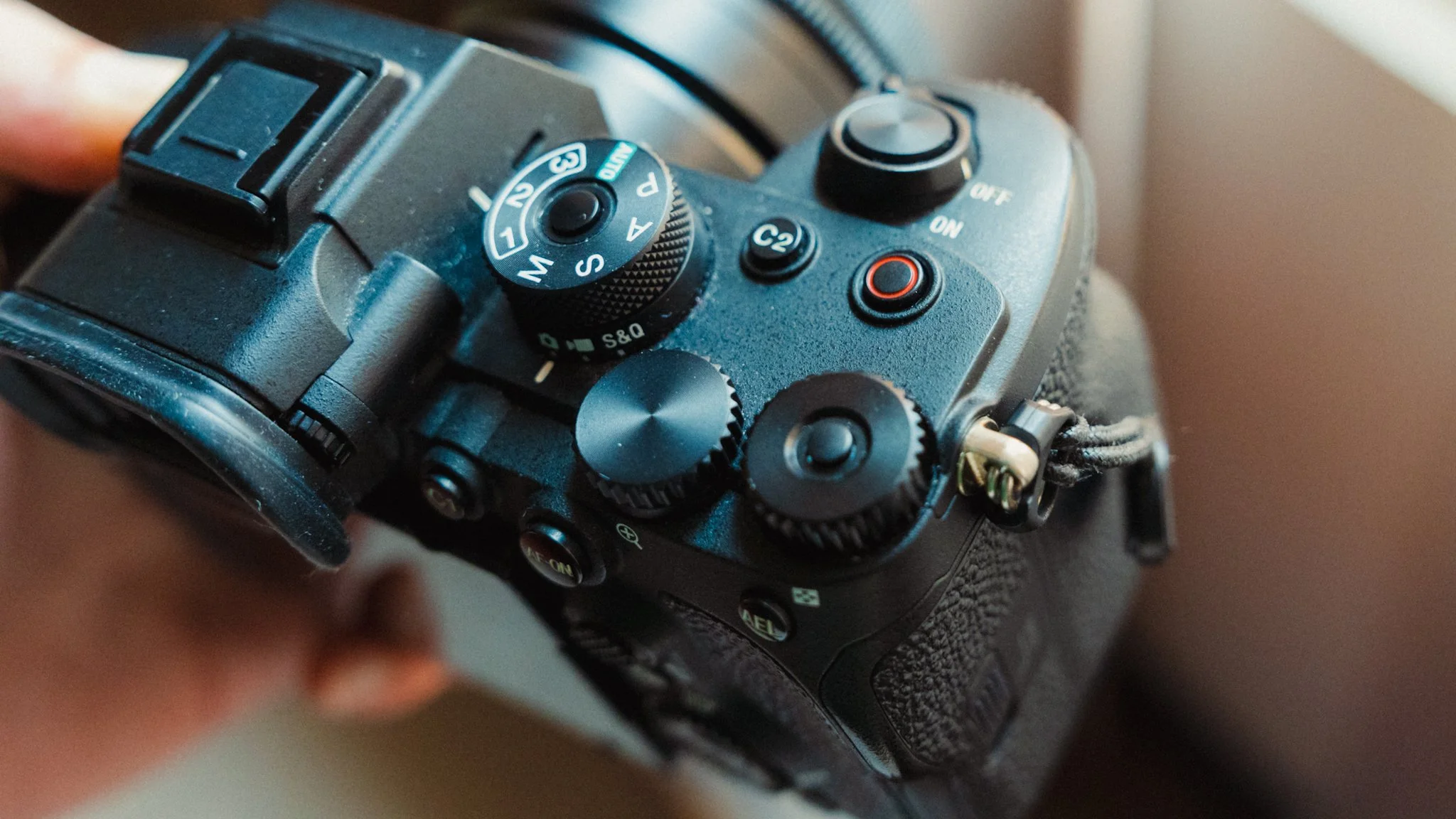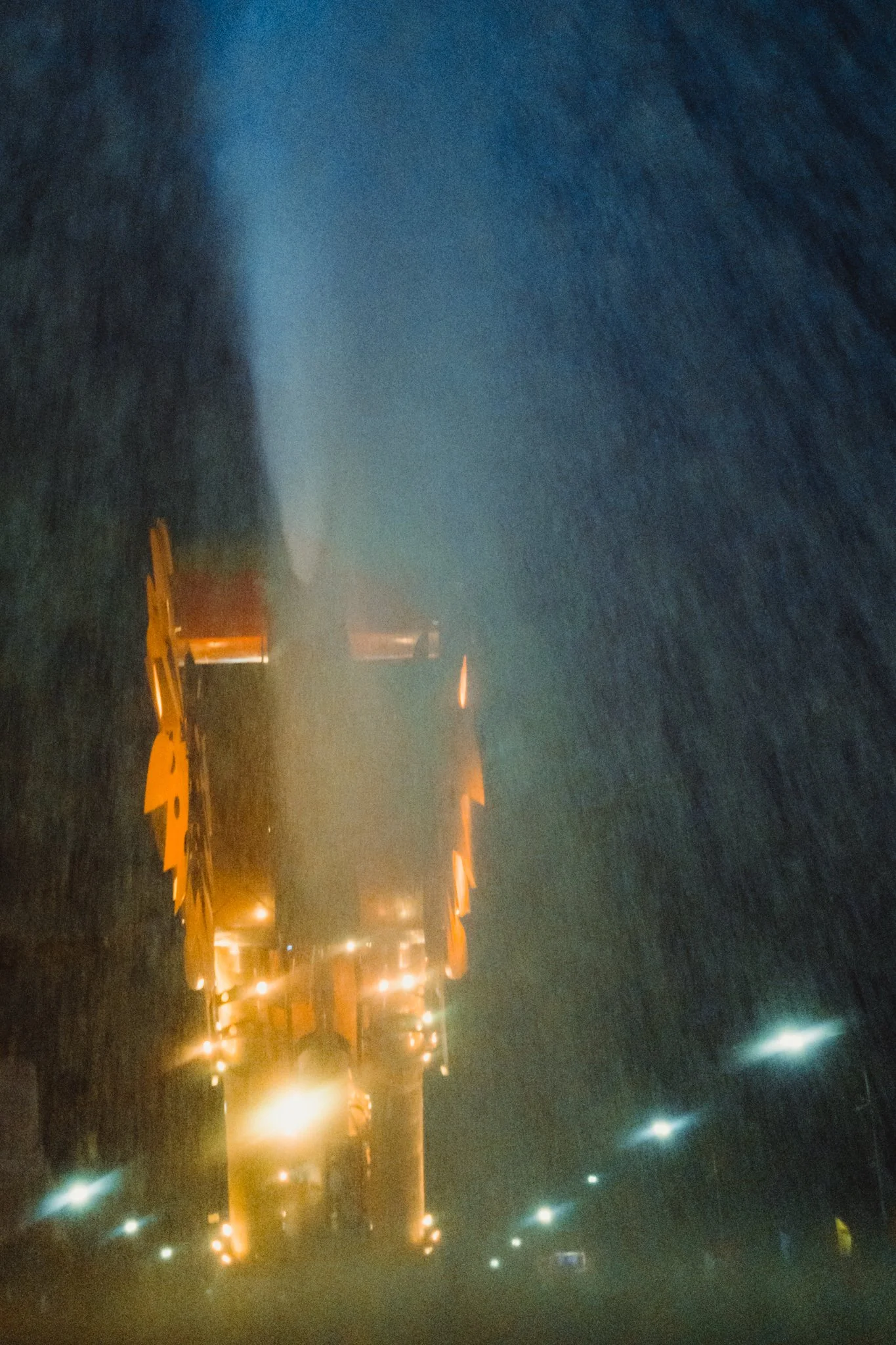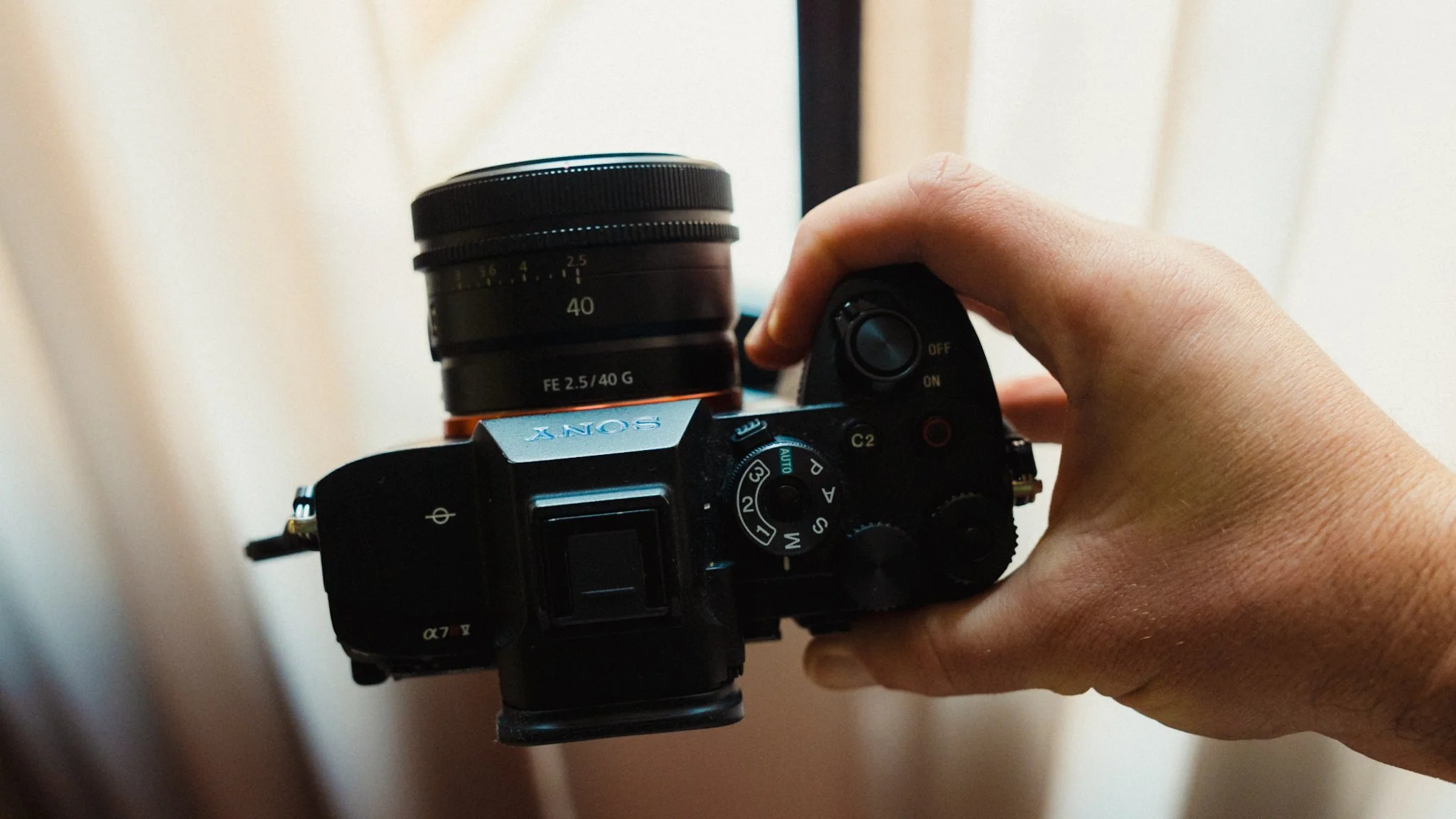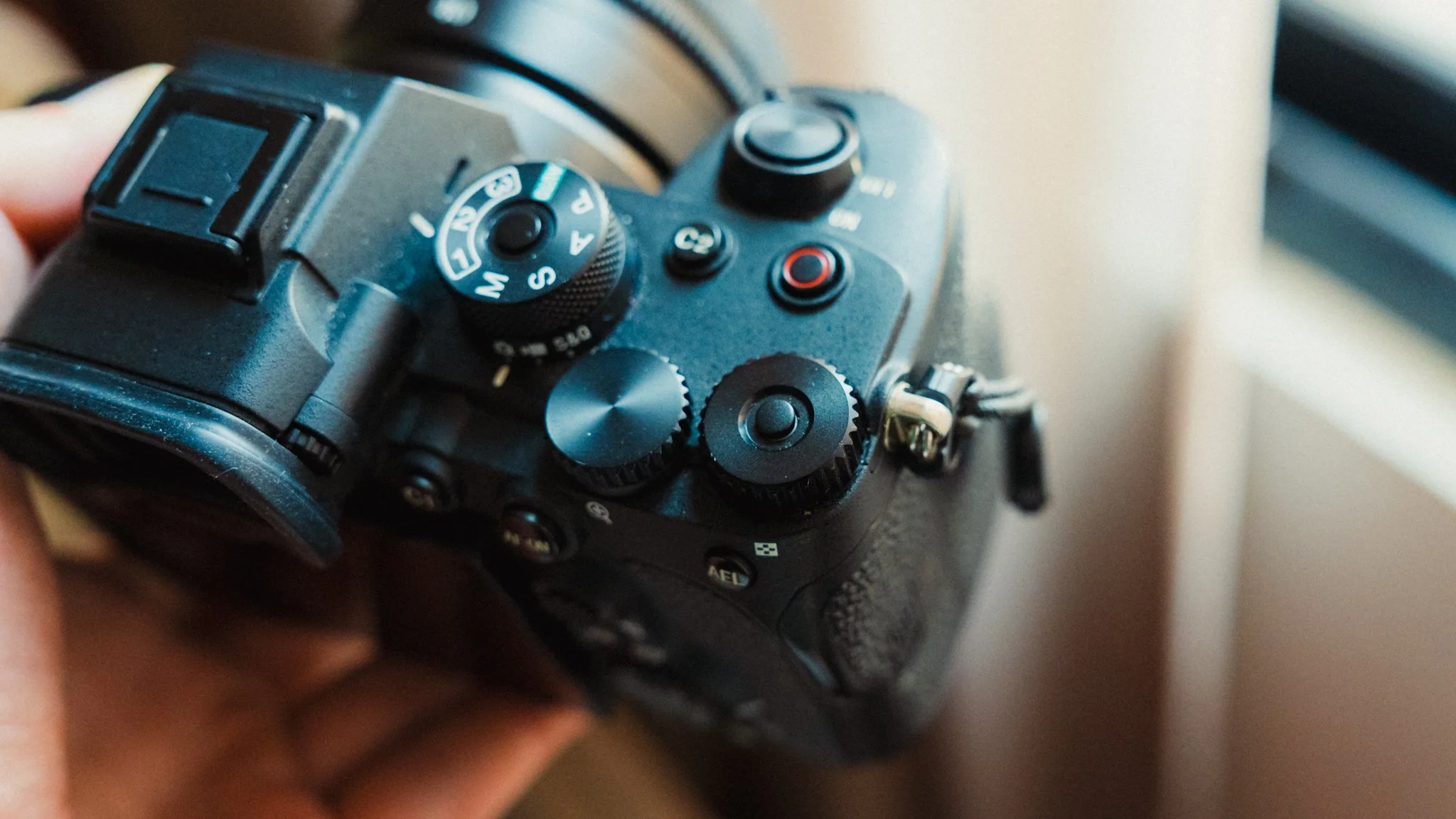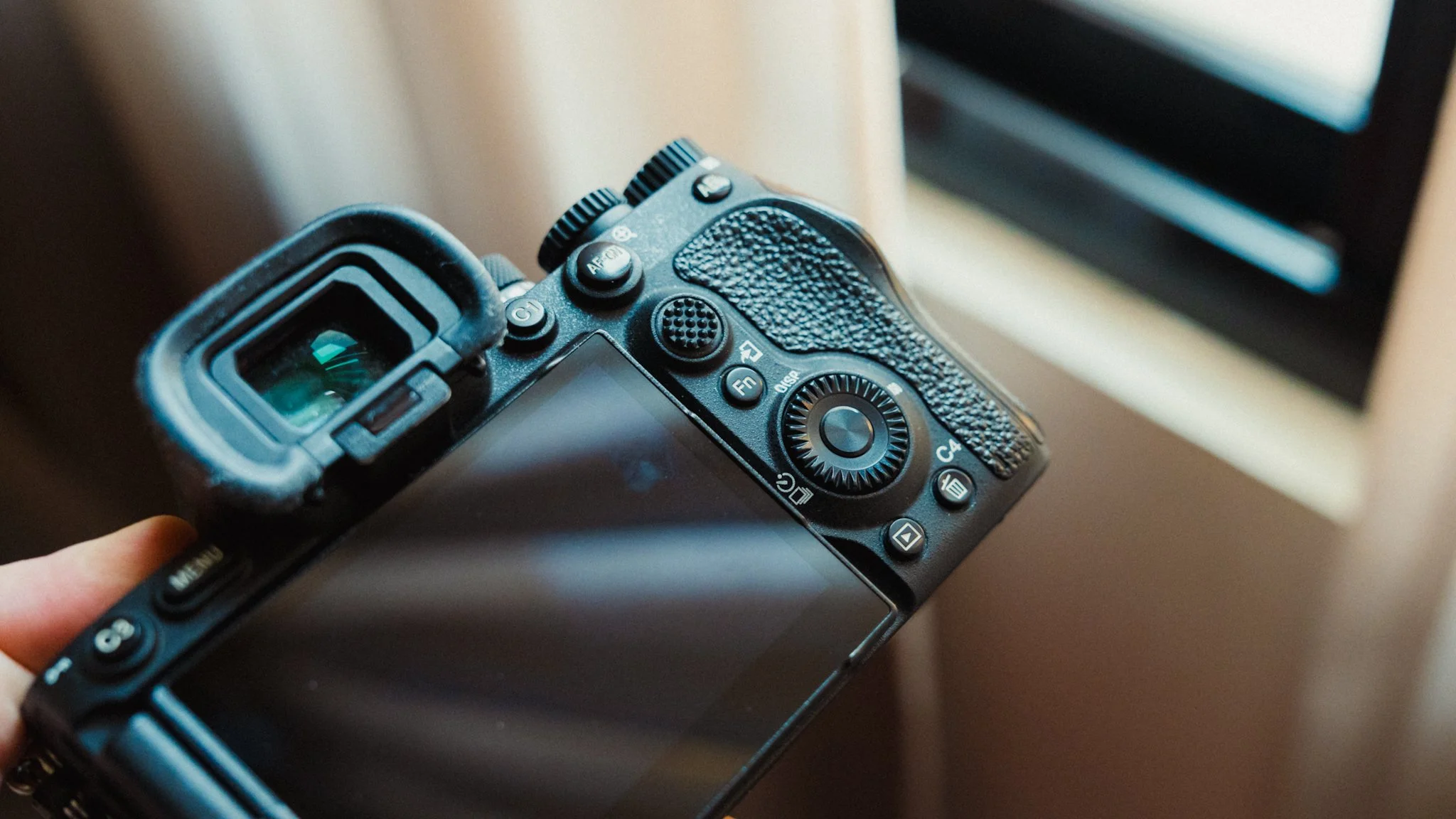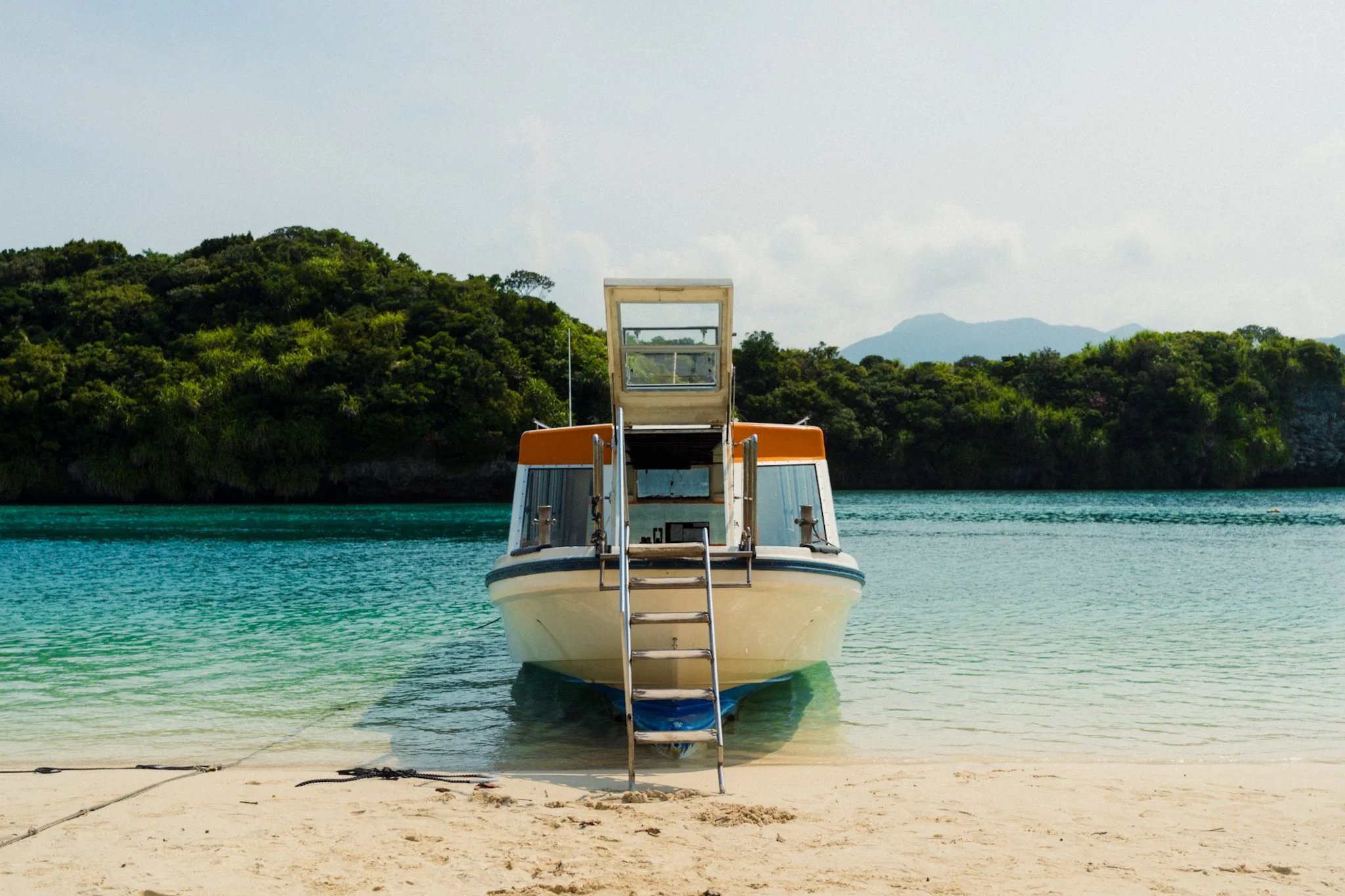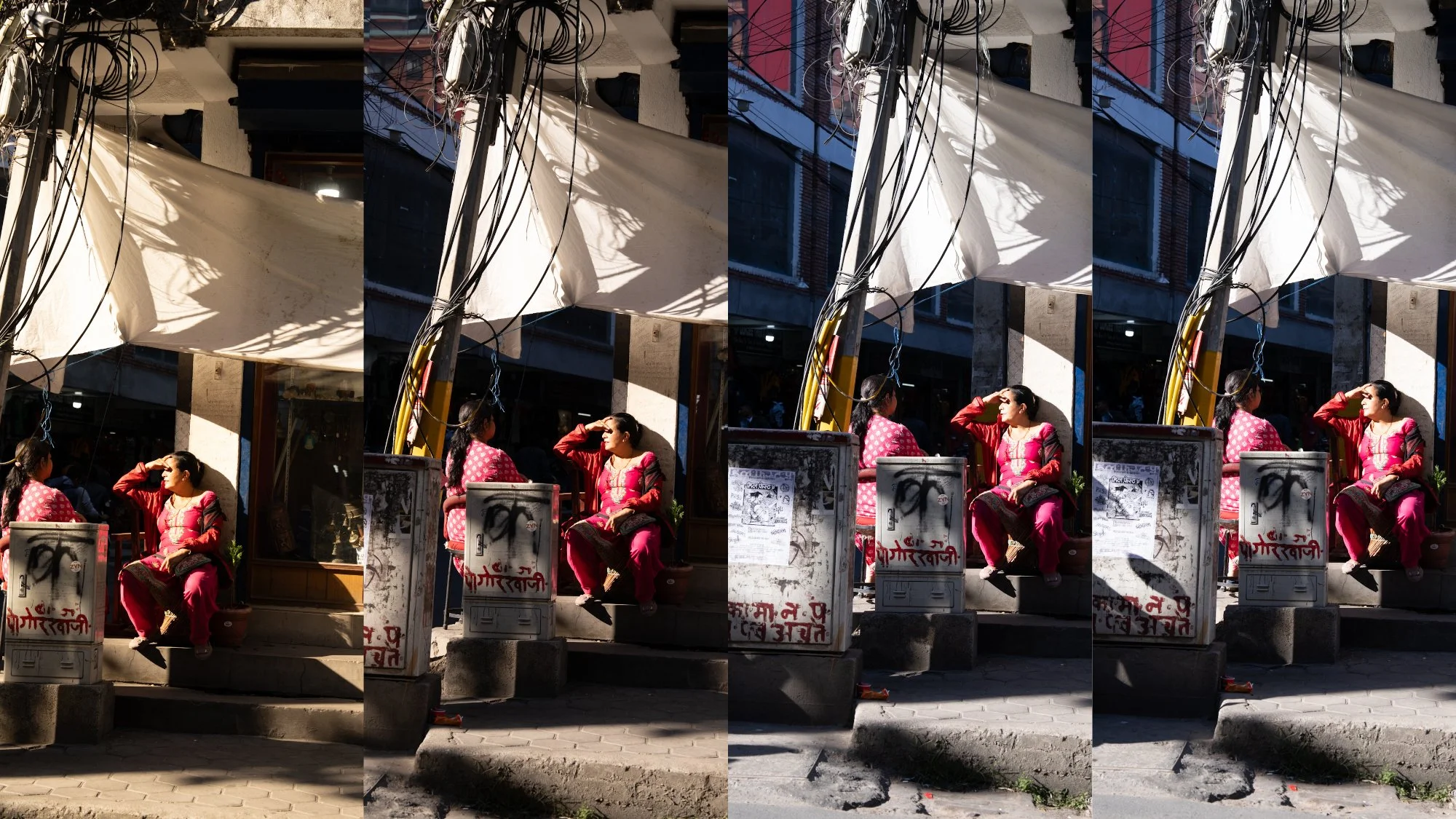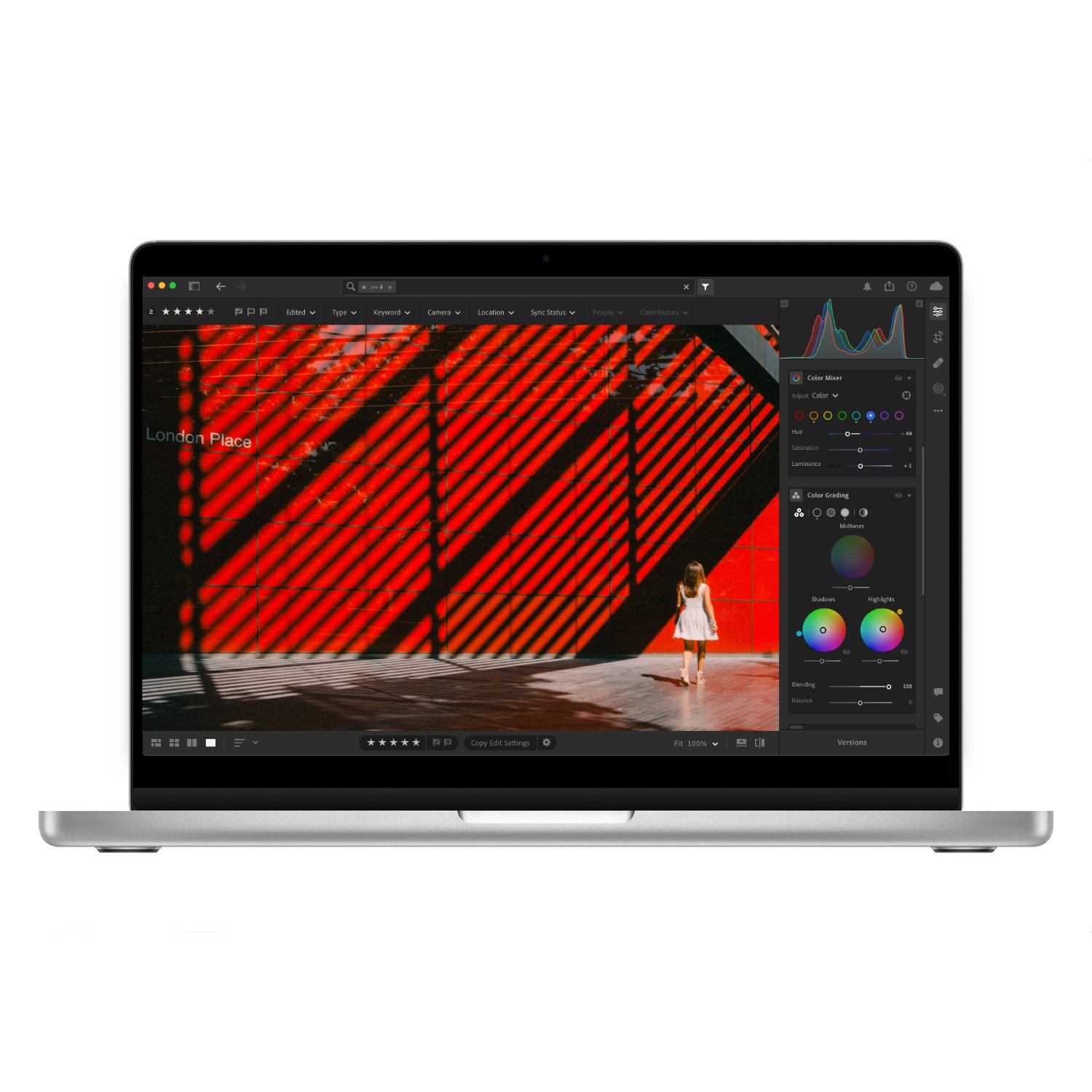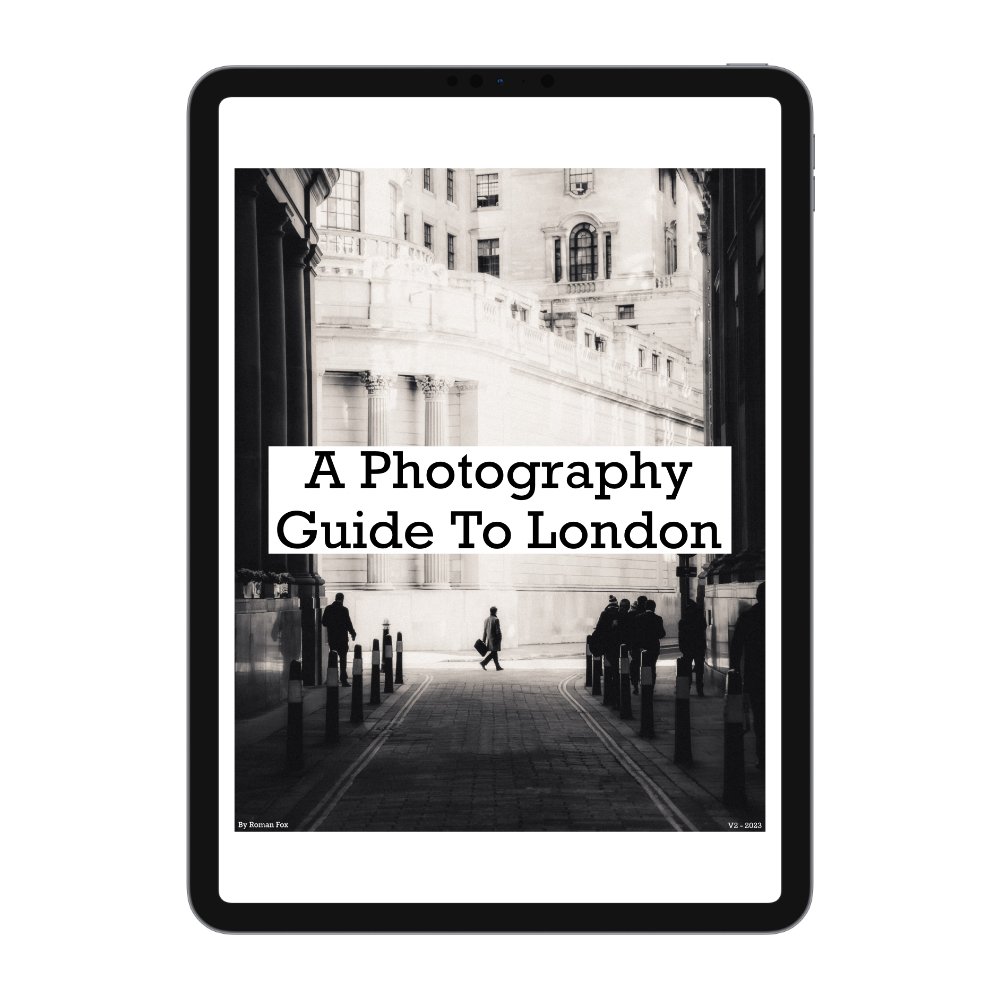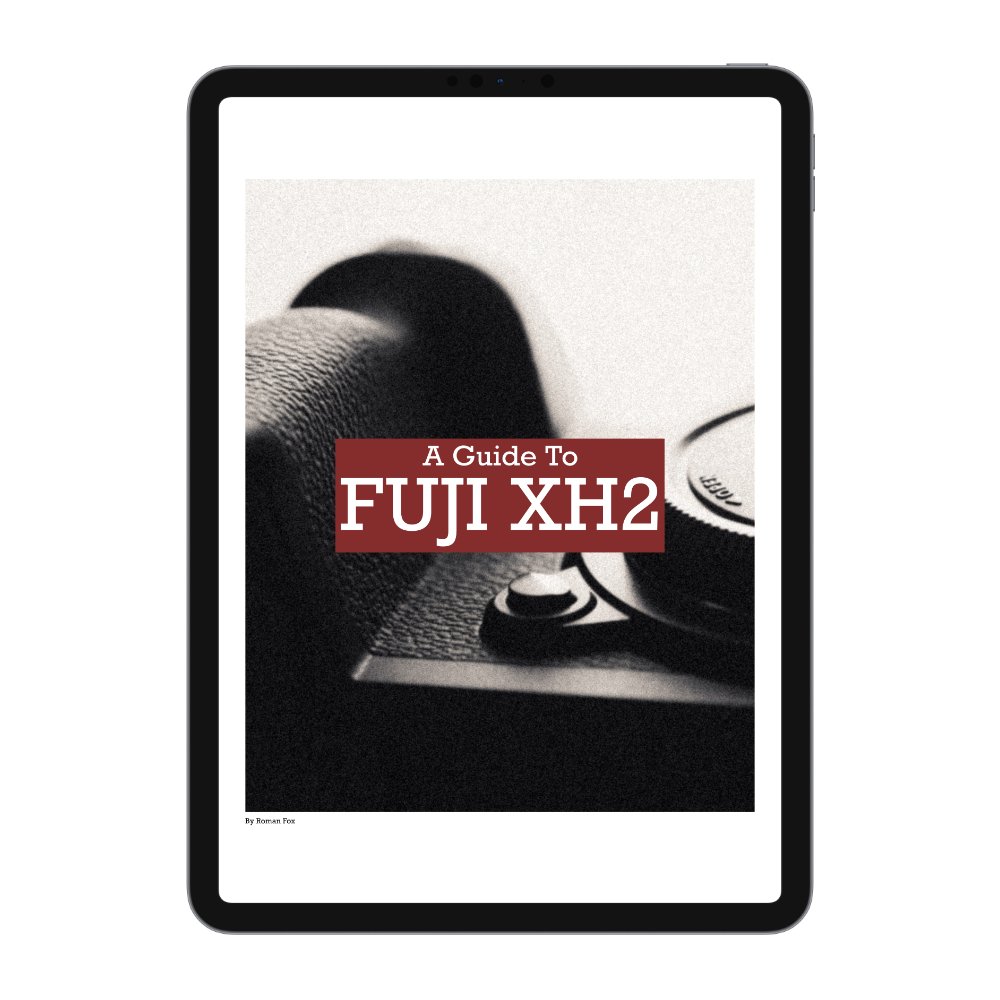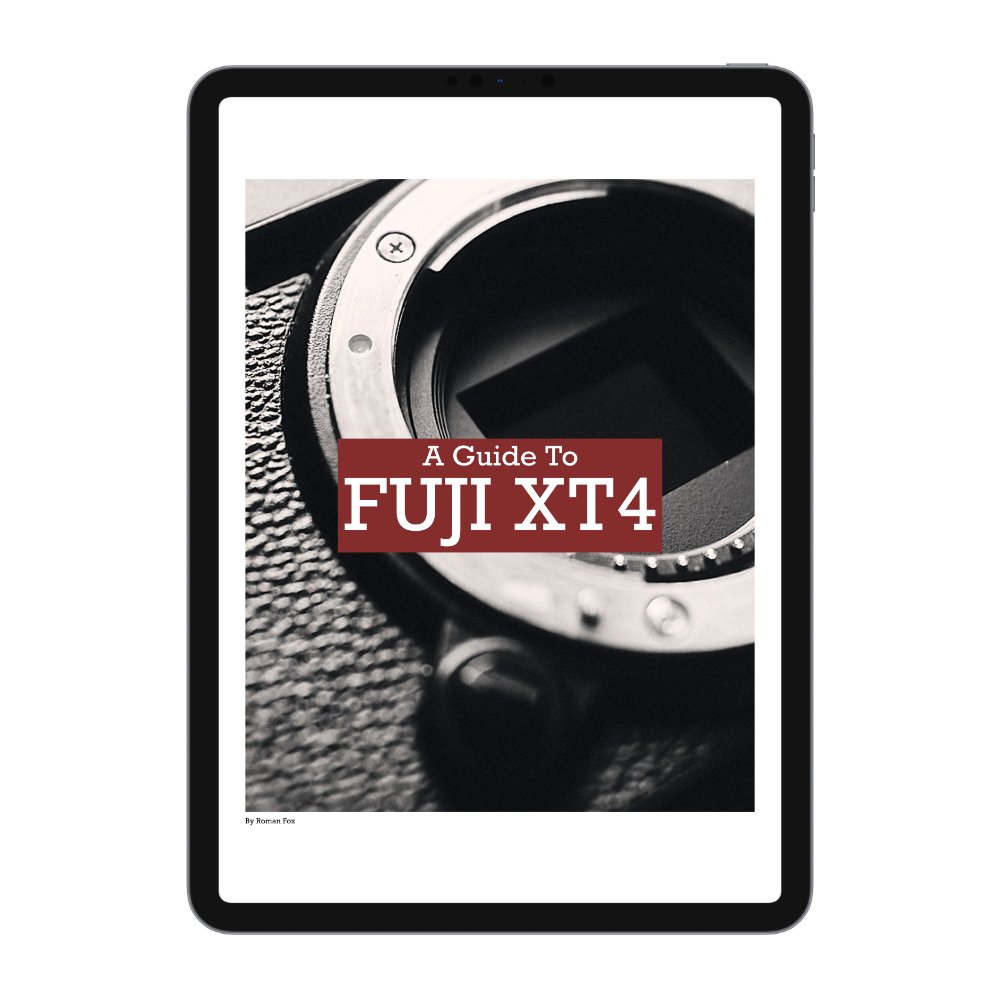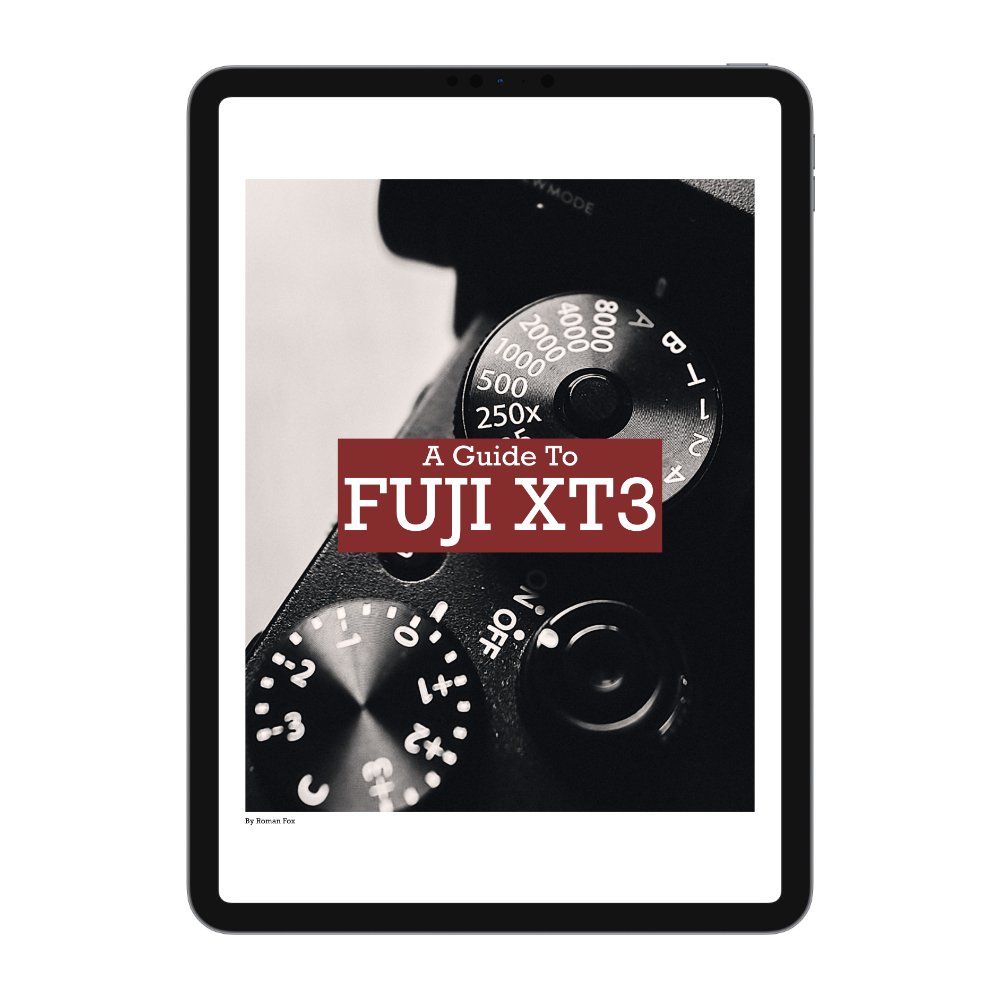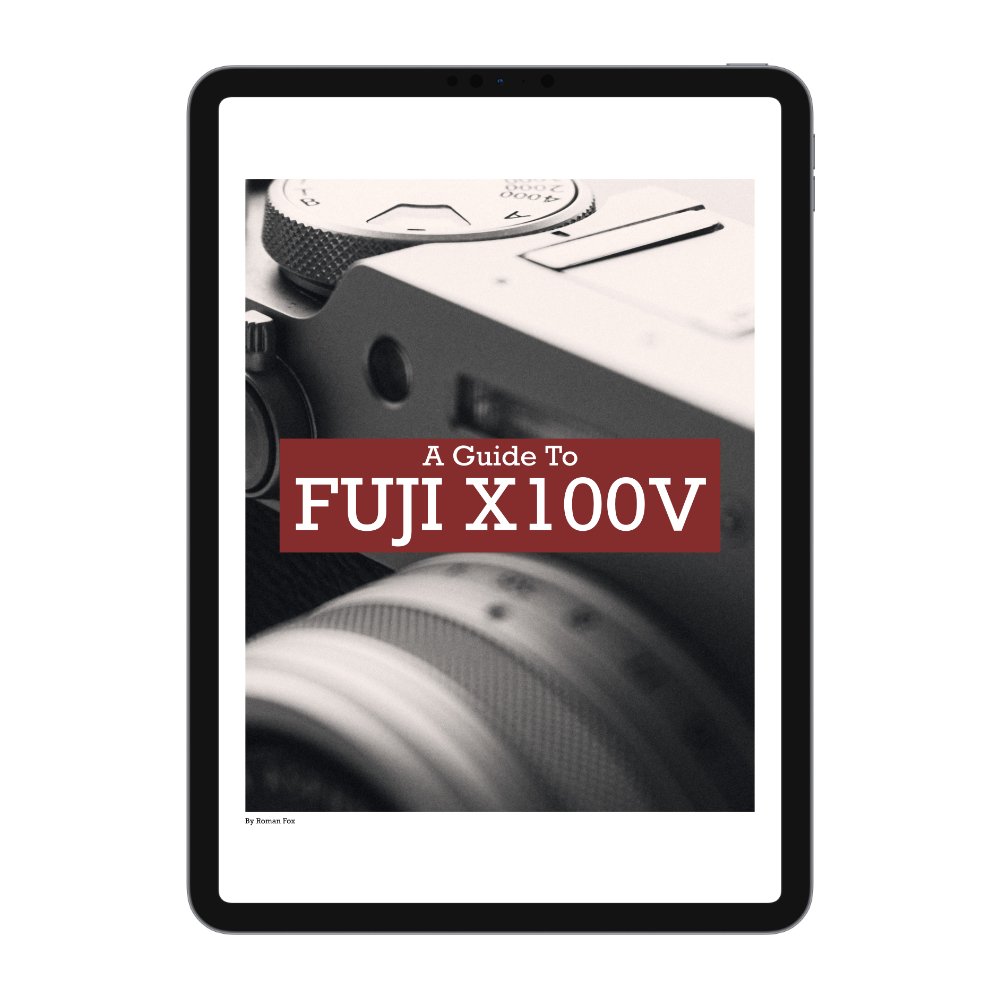Sony A7RV Long Term Review (After 1 year)
It’s been a year since I picked up the Sony A7RV to be my main photo and video camera. Ninety percent of all photos and videos you’ve seen from me in 2025 have come from this camera, and with the current shutter count of 76080, I feel I’ve used it enough to give you a detailed long-term review.
As always, I must stress that I have no affiliations with Sony, the camera was purchased with my own money, and I have no desire to get noticed by camera brands. With that in mind, this review is 100% true to my experience and observations.
Why A7RV
When I was shopping for my first Sony camera, I was instantly drawn to the A7RV for two key reasons, the screen and the sensor. The screen because it’s more flexible than a gymnast, and the sensor because it allows me to crop into next week. I’ll cover both of these properly later in the blog.
Wear & Tear
I know many people treat their cameras better than the kids from their second marriage, but I don’t. This camera has been bashed, thrown around, dropped, and used in all sorts of conditions. The only sign of wear is a bit of paint rubbing off on the corners, which I actually see as a bonus because brand new looking cameras are depressing.
Reliability Issues
The camera has been relatively trouble-free. I’ve had a few freezes that were all fixed with a quick battery reset. I haven’t experienced any overheating or corrupted files. I did spill some beer on the top dial once, which jammed the locking mechanism, but a quick rinse under the tap and violently attacking it with a toothbrush fixed it.
Weather Sealing
Sony says this camera is weather-sealed. Of course, they don’t tell you exactly how weather-sealed, but it should withstand the elements, and I can confirm it does. I’ve shot in heavy downpours, and even last month in Da Nang I got soaked by a giant dragon. I mean properly soaked, like standing in a shower. The only issue is if water gets into the hot shoe, it can trigger an error message saying “this accessory is not supported.” This happens because water activates the contacts on the multi-interface hot shoe. Easily fixed with a bit of tape.
Ergonomics and Handling
This is the most subjective part of the review because everyone’s hands are different. For me, this camera fits like a glove. It’s the first camera I’ve owned where every button is exactly where I want it. The grip is comfortable, and the camera feels well balanced whether using a small pancake lens or a telephoto zoom. I like the smaller A7C bodies, but they’re not as comfortable as this. I also tried the new A1 II-style body that’s meant to be an improvement, but I prefer the A7RV.
Buttons, Dials and Customisation
There are plenty of buttons scattered around the camera. While I’m happy with the layout, I would have liked a small front-facing button like on the A1 or some Fujifilm bodies. I’m also not a big fan of the two different locking systems for the dials. The mode dial requires a push and twist, which prevents one-handed operation. I wish it worked like the adjustment dial with a simple lock / unlock button. I also wish the two top buttons were the same height to make operation a little smoother.
These are minor complaints though. The rest of the button and dial layout is excellent, simple, and fast to use. I mostly rely on the three custom modes to switch between different camera setups. The photo/video switch is brilliant and makes hybrid shooting effortless.
While it’s outside the scope of this review, the A7RV can be customised to your heart’s content. You can assign completely different button layouts for photo and video, set up custom modes, and create your own shortcuts. The setup process can be long and fiddly, but once you figure it out, you can make this camera feel like an extension of yourself.
Screen and Viewfinder
The screen design is my second favourite feature of this camera. It’s genuinely clever and works for every type of shooter. If you’re behind the camera, flip it out for a compact, central display. If you’re filming yourself, swing it forward to face you. If you need an awkward angle, twist and tilt it however you want.
The viewfinder is big, bright, and extremely high resolution, easily the best I’ve used, as long as you’re not in continuous autofocus. The moment you enable AFC, the resolution drops noticeably, likely due to processing limitations. It’s not bad, just not as sharp.
Performance
The A7R V is fast and responsive in almost every way — startup time, menu navigation, focusing, and buffering. However, to get those lightning-fast write speeds, you’ll need to use CFexpress cards, which are expensive. Another important aspect to consider is the processing you would need to deal with the files. The RAW files can be around 130mb each, and video files can reach 1gb for a short clip. Of course this can all be reduced by selecting a lower quality setting, but being able to store and process these files is a consideration you must take into account.
Image Quality – Photo
We’re at a point where every modern camera produces excellent image quality. That said, the A7R V is the best I’ve used. The only camera that beats it is the Hasselblad X2D. It delivers outstanding dynamic range, great low-light performance, and raw files that can be shaped however you like. The resolution is incredible, I often crop vertical shots from horizontal ones without losing detail. The colours straight out of camera aren’t the best, though, and you’ll need to edit the files to get your desired look. If you want nice JPEGs straight out of the camera, this probably isn’t the camera for you.
Image Quality – Video
Everything I said about photo quality also applies to video. The colours, however, are much nicer straight out of camera. To get the most out of it, shoot in S-Log3 and apply the Sony Rec.709 LUT at a minimum. Most of the videos on my YouTube channel are filmed with this camera, and the results speak for themselves.
Rolling Shutter
This isn’t the fastest sensor out there, and you’ll notice it in photo mode. If you shoot with the electronic shutter, expect some warping or skewing with fast-moving subjects. For still life or slower subjects, it’s fine. In video mode, rolling shutter is far less noticeable unless you’re filming extremely quick motion.
White Balance
One issue I’ve had is the occasional random shift in white balance during shooting. In video, you can reduce this by adjusting the sensitivity settings in the menu, or by giving the camera a few seconds to adapt before recording. When taking photos, you can sometimes get abrupt white balance changes even when the lighting hasn’t changed. This isn’t a big deal if you shoot raw, as you can fix it easily, but it can be a problem if you shoot JPEGs.
Autofocus
This part will be short because the autofocus is outstanding. It’s the best system I’ve ever used. It allows you to focus on shooting rather than wrestling with the camera. My favourite feature is tracking. Point the camera at your subject, press the tracking button, and you can recompose, move around, or change orientation while the camera keeps focus locked. Interestingly, I’ve found that autofocus is faster and more reliable in AFC than AFS, though I’m not sure why.
IBIS
The IBIS in this camera is outstanding. For photography it allows you to slow the shutter right down and get motion in the subject without compromising on the sharpness of the image. In video, if used with the digital stabilisation (active mode), you can get gimbal like results.
Is It Fun?
Sony cameras often get criticised for being “boring tools” with brands like Leica and Fujifilm seen as more fun. Having used all three, I can say the Sony is indeed fun to use, just in a different way. Leica offers a more hands-on, involved experience, while Sony feels more like an efficient tool that gets out of your way and lets you focus on creating. So, is it fun? Yes, depending on what kind of photographer you are.
Summary
To sum up, this is a fantastic camera that, for most people, could easily be their only body. It’s primarily a photo camera but can just as easily serve as a main video body too. It’s complex and takes time to learn, but once you do, it pays off massively.
Would I recommend it? It depends. For most hobbyists, probably not, it’s overkill. But if you want a larger body and this incredible sensor, it’s the best option available. If you just want the same sensor without caring about the big screen, dual slots, or large grip, the Sony A7CR is a much more compelling alternative.





